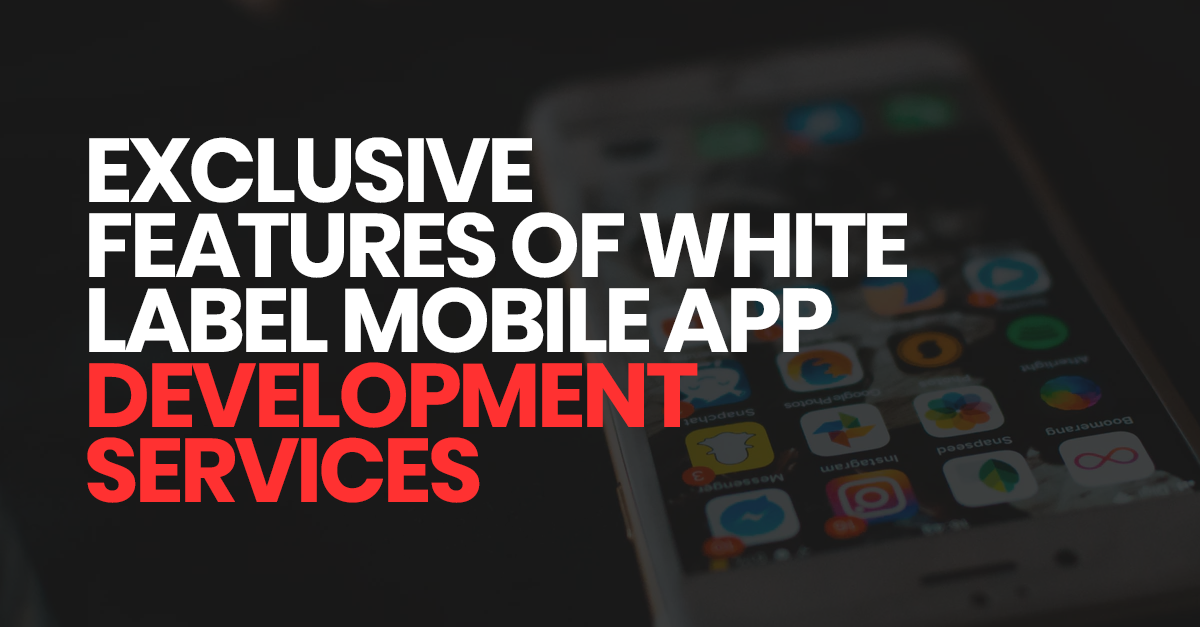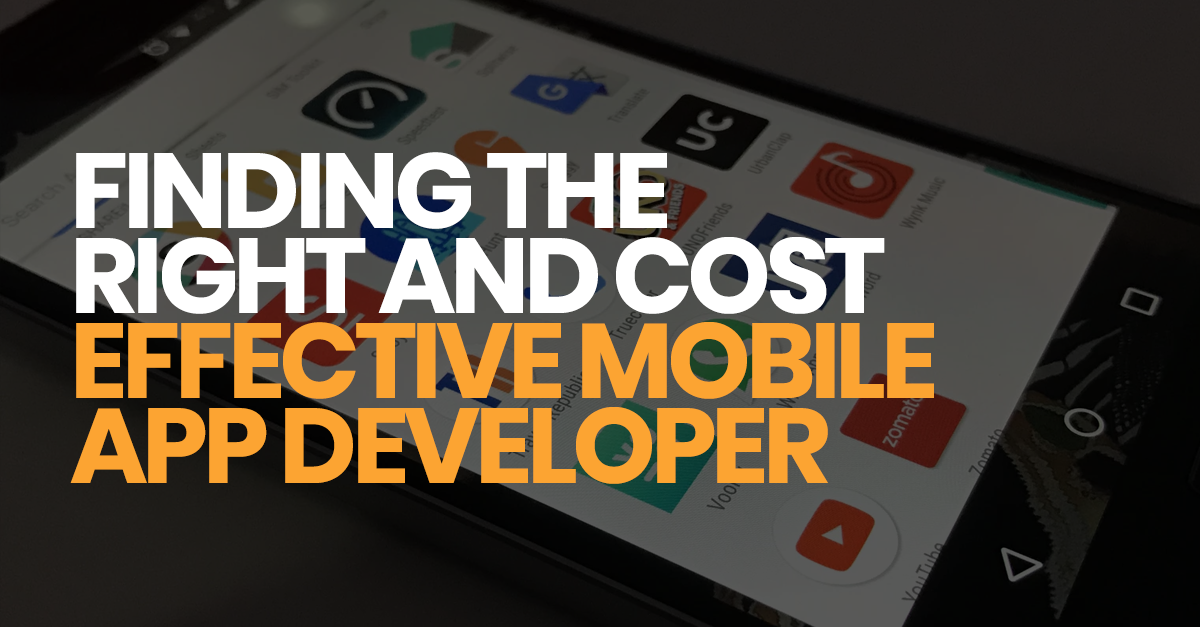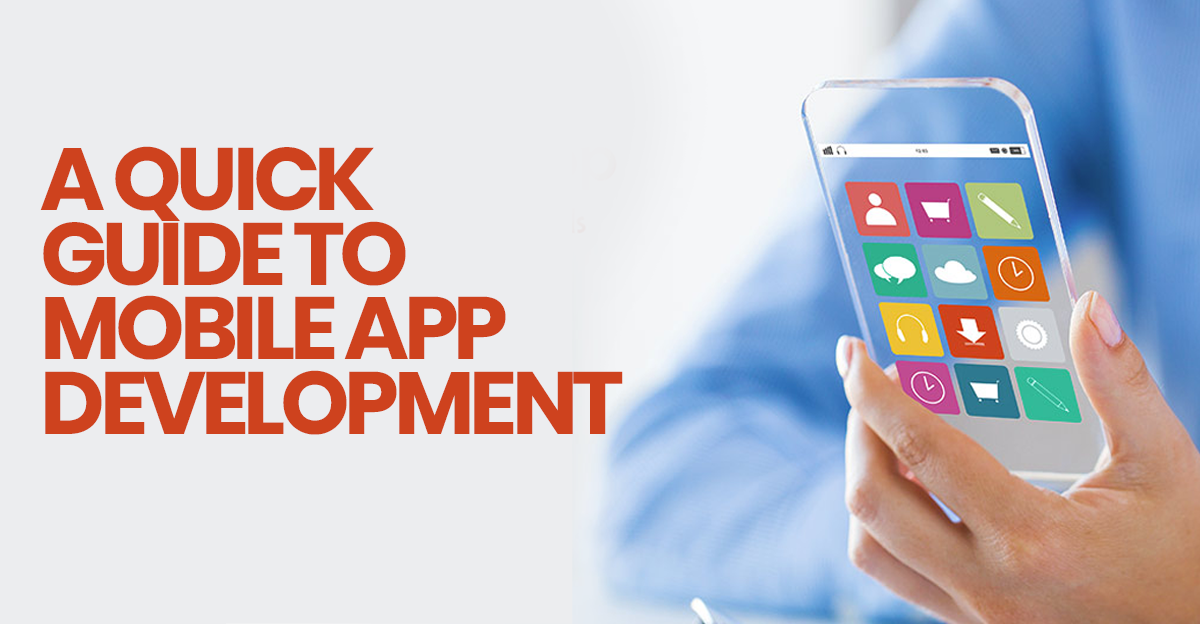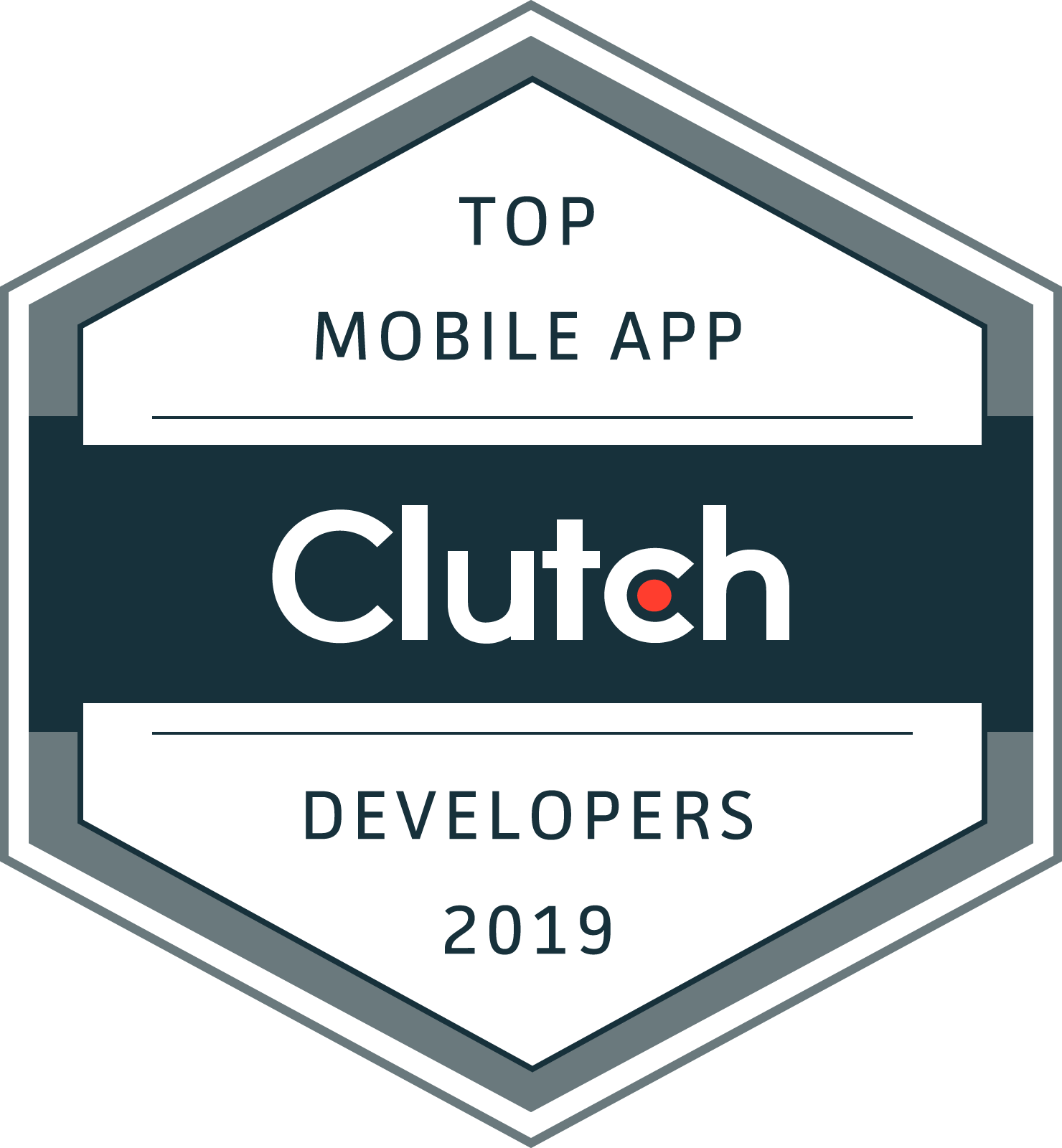Xicom Technologies Ltd.- a front runner in hybrid app development for broad range of clients across the world. Our team is well-skilled and professional at the agile and scrum technologies which are the need of the hour today. Without deploying the most advanced and time-saving tools and software, it is almost impossible to give an edge to your clients over their competitors. It’s our endeavor to understand the client requirements at the core level and then prepare a series of actions that are taken in order to create the best mobile apps for them. Your business endeavors are successful with a pro app The experts at Xicom Technologies are adept at creating apps that are designed and developed in order to bring huge profits to the businesses of the clients that hire them. Well, highly-certified developers for hybrid app development make sure that you are able to keep you head high and stand apart from the crowd. In this highly competitive environment, if the app creator you choose is not expert and talented enough to handle the technical nuances of developing an extraordinary app, then all the money invested can go waste. 5 Key Reasons to Invest in developing a dynamic business app There are some key reasons why you should always focus on hiring a pro app creator: 1. A professional app developer has the right kind of experience of developing an app that can give the best app user-experience. 2. An app is the best promotional tool one
There are countless number of travel freaks around the world who are looking for local travel guides to explore something very unique and new. It is definite that when you travel to a very unique place, you are bound to face problems due to language barrier and unfamiliarity. What plays as a key factor to make any trip successful and exciting is definitely a travel app! Yes, with the advancement of technologies in mobile app development as well as cross-platform app development, so many travel apps have been launched in the App stores and the best part is that people seem to love them. Why city travel guides are a new milestone in mobile app development? There is no doubt about the fact that city travel apps act as a guide for the app user. Moreover, these apps help the travelers to make their trip so much easier and exploring the best places in the city becomes so much exciting. Also, it means that a traveler saves a lot of time and money as he is notified about the best deals happening around the city in which he is traveling. He is also notified about the events in the city and major happenings as well as the best deals on hotels and food. If you are an entrepreneur looking to invest into city travel guide app, you have made an amazing decision as these types of apps if build by a cross-platform app development company will surely bring huge dividends
If you have a great idea of a startup mobile app then you are not alone as so many people might also have a similar idea. But only those people will succeed who follow a perfect strategy and have power and capability to execute it with full dedication alongwith an extra bit of luck. Around your app idea, you have to make plans to materialize it and get your desired app up and running for real. If still you have not thought of how to execute these plans, then read on as in this article we are presenting before you a quick and simple guide which might help you to understand what a complete mobile app development process looks like and what are the important factors you need to take care of to get your mobile app ready to go and succeed in the marketplace. Coming up with an idea is easy but taking it forward and executing it is bit difficult as it requires proper planning and research and you will need services of a professional App Development Company to build your app. By reading this article, you will have a clear idea of parameters you need to take into consideration to make you app idea a success. Risk Analysis of Launching Your Mobile App You should do proper and thorough risk analysis of building and launching your mobile app based on your idea. This doesn’t mean that you lose your confidence in the potential of your idea

Any idea or a concept in a person’s mind can be brought to reality by hiring a App Development Companyroviders and are sold to. Did you know that there are specific types of mobile applications that are provided by the White Label app providers and are sold to resellers? What makes white label apps special is the “rebranding” of the apps. Yes! In this world of bottleneck competition, it is the branding and the exclusive identity of a single app that helps the businesses grow and earn ROI from the apps. A white label app is a sort of private label with a different packaging every time a different buyer purchases it from the iPhone app creator or an Android app creator who create these types of apps. If we talk about mobile application development services in white label apps, it goes like this… An app creator develops the apps and sells to the business clients who don’t want to get into the hassles of mobile app development. Rather, they want to purchase the “ready-made” app after the rebranding is done according to their creative ideas and requirements. Benefits of White Label Mobile Application Development Well, there are many reasons why one should easily pick these services from an expert Android app creator or an iPhone app creator. One can easily save hefty overhead costs as well as other hassles. One doesn’t have to spend a lot of time in brainstorming the ideas for the app as well as

Believe it or not, people are really cautious about the information that they post on the mobile apps. Keeping in view this fact, it is the duty of the mobile app creator to take care of the app testing and its aspects. It is the trust of the app users on the mobile app that lets them download the apps just by reading the reviews and the feedbacks about the app. Moreover, with the advancing technologies, it is the security that has to be kept on the top. Security of the mobile app: Prime Requirement of the app Nonetheless, it is the design of the app as well which matters the most, it is the security which pushes the users to continue the use of the app on their smartphones. There are many factors involved in Android development as well as iPhone development that makes an app successful and security of an app is strengthened with Automated Testing or Manual mobile app testing. Why every app needs testing in Android development? It is the responsibility of the mobile app creator or the mobile application development company to take care of the issues and bugs that are found in the app. It is a very systematic process which ensures that the app bugs and issues are resolved by the concerned app developers and designers as well. It is a quite significant step which needs quite an attention by the developers. Otherwise, all the hard work associated with creation of the app
Developing and designing an app for your clients may become a difficult task at hand to accomplish if certain approaches and fundamentals of app development are not taken into consideration in the earlier stages of development. App development involves designing the screens and wireframe of an app to get an idea of how the UX of the app will appear to the users of the app. It is a very important step when it comes to professional app development. What is UX and why should it not be ignored at all? We have been talking about the importance of a good UI or a good UX on the app. You might be thinking what can be taken into account when we talk about UX. It’s a visual design or the interface which the app users see when they first open the app as well as whenever they browse through the app every time. UX App Design: 5 Common Mistakes to Avoid Easily: Let’s straight get onto the mistakes and how a mobile app creator can make the best apps ever by solving these issues. 1. UX is not considered as a common goal: Every person has a different perception of a design. Whether it be a design of an app or anything else. A person may have a good view of the design that he has made and it can turn out completely different altogether when asked by someone else. The UI is completely visual or graphic. Instead

In this internet and mobile phone powered world each business want an online presence with most are looking for a mobile app in order to reach the billions of mobile users online. That’s why, we are witnessing a flood of mobile apps in the market with so many businesses starting their app development journey. With this also comes the plethora of mobile app development companies in the market all of which claim to provide best app development services. Hence now it becomes crucial for the businesses to do the thorough research and analysis before hiring an app development company. This company should not only be providing best quality services but should be providing that in a most cost effective way. Then only it will be of some use. It is now quite evident that contacting a mobile app development company to build a mobile app for your business is now no longer an option but it has become a necessity. Now more people from mobile phones access the Internet then from desktops and about 90% of this time is spent on mobile apps. If you are also looking to develop an enterprise app for your business then you have to do proper research and planning if you really want to select the best and most cost effective mobile app developer. You should select a app development company which can really understand your business objectives and empower you to run a successful app. Doing initial research will save lots of your

In recent years, Augmented Reality established itself as one of the major innovation in the app development world. Hence it is better to learn about its benefit and use it in our mobile apps. Basically, Augmented Reality is the artificial environment which is created by mixing the elements of digital world into the physical world of the user. The AR technology is completely changing the way we interact with the world around us. In this article, we will discuss about the benefits of AR and how Mobile App Development based on AR can offer benefits to different types of businesses. Since the boom of Pokemon Go, Augmented Reality development has gained a lot of attraction in the mobile app development world. Pokemon Go is a smartphone game developed by Nintendo using Augmented Reality (AR) which allows its users to catch Pokemons on the go. You must know the overall impact and the advantages of Augmented Reality development have for businesses. Augmented Reality is changing how we interact with the World around us, whether it is how we communicate and entertain ourselves or the way we work and solve our real life problems. Before we go much deeper into the benefits of AR development, first let’s discuss what Augmented Reality really is. What is Augmented Reality? If you already know what AR is then you can now Hire Mobile Developers for your own AR app otherwise read on and understand this. Augmented reality is the integration of digital information with the

Mobile Application Development has become extremely popular recently. Right now there are more than 2.8 million apps on Android’s Play store and 2.2 millions apps on Apple’s App Store. If you also have an idea which you want to transform into something real, interactive and useful then here you have a chance to develop it into an app. Apps are created first in the head and then on real computer world. There is no doubt that Mobile app development industry is already a multi-billion dollar industry and it is expected to grow even faster in coming years. For most of users, it is a way to reach millions of users and potential customers worldwide and also a way to earn money and respect. Good apps can’t be developed by just learning from videos and learning some programming language. Developing great app requires lots of creativity, design, awareness of the market trends and most importantly – a great idea. This article is not a systematic instruction for creation of a mobile application. Rather this article will be very useful for those who decide to create their first mobile app and don’t know from where to start and also for those who already have been producing apps for applications store and right now looking for new ideas. Solving a Problem with your Idea: If you want to start building your mobile app the first step is to find a relevant problem which can be solved with the help of a custom mobile
Investing in mobile app development has become a necessity which shouldn’t be ignored at all if you want your business to reach the heights of success. Mobile application development is one of the effective marketing tools which can be built at very affordable prices. The mobile application development sector is growing like wildfire and thus, we can see the importance of getting an app developed! Mobile app development is not a consistent sector. The trends keep on changing with time. The advancements in the technological world keep on influencing the mobile application development services also. Apps are divided into various categories namely: Lifestyle applications Entertainment Shopping and Ecommerce Productivity apps Gaming and many other categories are there. Here are the topmost factors that push every other company to get a mobile app created: Marketing Strategy Branding Identity Customer Engagement Customer Interaction with awesome GUI However, it’s not too much easy to attain success and gain revenue if the trends of the mobile application development are not followed. 1. World is getting smarter with IOT: Connectivity is everything in today’s world. If the smartphones are not connected with the things around us in our home or the appliances and electronics near us, what is the use of apps to make our life much easier? So the idea of making everything more smarter like home, city, retail and health sector will be very popular in 2018. IOT apps are very popular. To our surprise, Google launched Android Things specially for iOT







